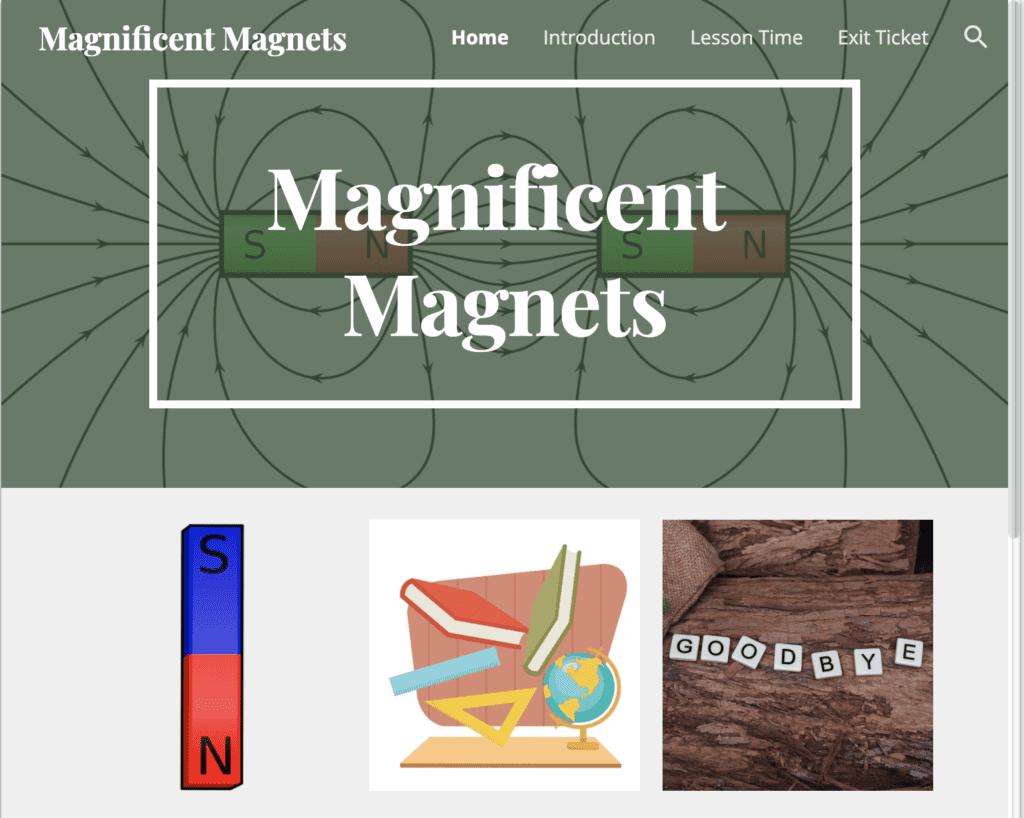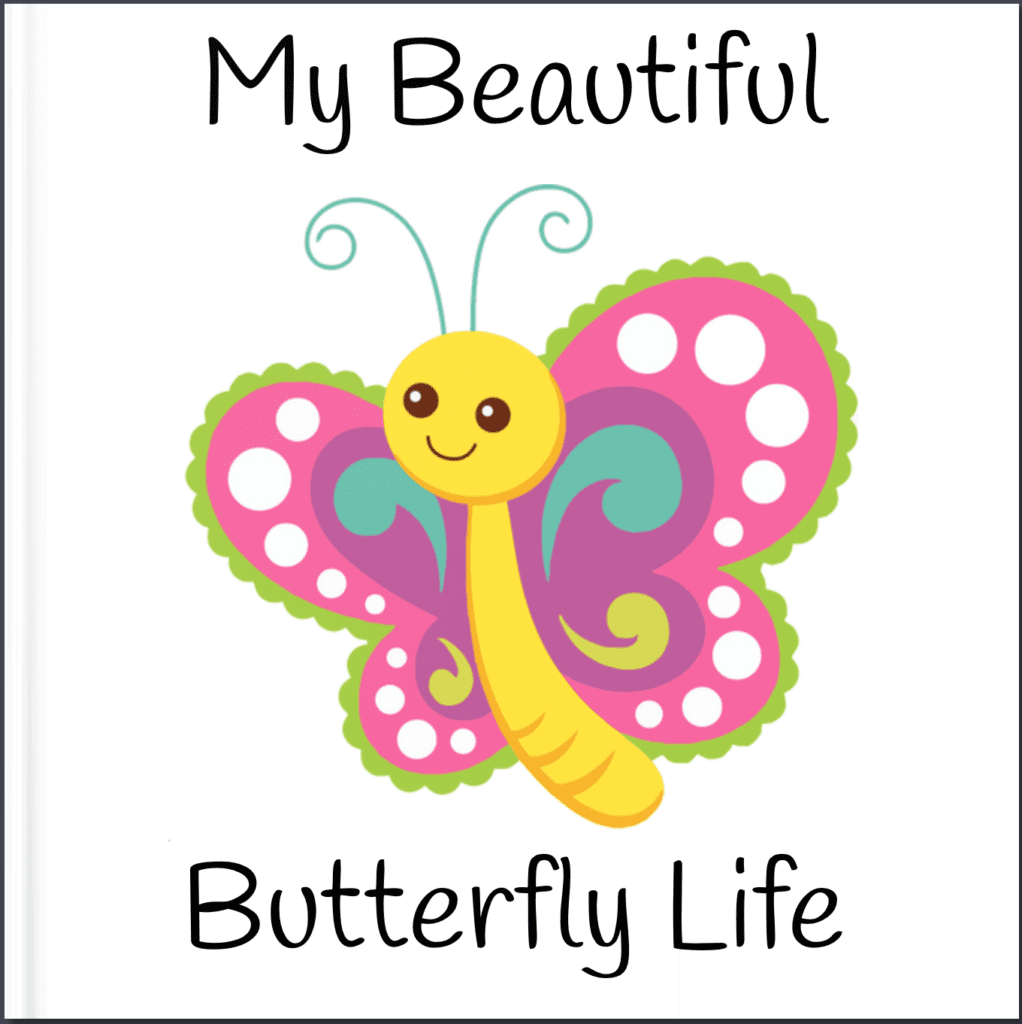School photo by AzamKamolov on Pixabay
By Marlee Bennett and Elizabeth Lyons-Best


The art and craft of teaching with technology
School photo by AzamKamolov on Pixabay
By Marlee Bennett and Elizabeth Lyons-Best

Photo by Domingo Alvarez E on Unsplash
Authors: Hailey Colman and Kasidy Honnaka
Targeted Group: Kindergarten SEL
Lesson Context: Stand alone lesson
Goal: Students will be able to identify their emotions and use this information to regulate their behavior
This site helps reach their goal because it helps students understand this concept, provides them with extra resources, and checks for their understanding with the exit slip

https://sites.google.com/view/identifying-our-emotions/home/lesson
Authors: Georgina Jeffers and Chloe Kelly

Grade: Third Grade
Content: Science Lesson
Context:
Goal: Students will have started to grow a foundational understanding of what magnets are and how they work based on the YouTube video and exit ticket alongside.
Sources:
Photo by Dan-Cristian Pădureț on Unsplash
Grade: 4/5
Subject: Writing
Goal: The goal of this book is to give an example of how to write an opinion piece. I chose to write about why I think I deserve a dog in my family. By reading this, students can see a complete example of what opinion writing looks like and the format to follow. There is also a checklist in the book for students to use when they are writing their own opinion pieces.
Direct link: https://read.bookcreator.com/uR1T2RdQthdaF1OqtDbMaVITOnF3/_DQWa1qNTHWFpOPfViHXMA

This book is meant for Kindergarteners who are learning the lifecycle of a butterfly. In the book, I hid an image of Daisy (the butterfly on the front cover) on every page. I think this will be a fun way to keep students engaged and looking at through the book. Click on the image above to get to the book.
Alphabet Picture by Geralt on Pixabay
For this lesson, Kindergartens will use their knowledge about the alphabet book to make their own ABC book. This lesson will come after students have gone through the alphabet with each letter of the day’s lessons so they know the corresponding words for each page.
Students can choose their own words or use the example book for reference. Once picking their words students will look up stock photos, draw a picture, or take a picture of something around them that starts with the corresponding letter.
Then students can add to the book throughout the year as they learn new words. This allows students to apply their knowledge in a way that makes sense to them and the book can be a work in progress as a reference point throughout the year. This is also a fun way for students to learn how to use Book Creator for future projects throughout the year/in their future education.
Here is an example book that students can see. It also includes an alphabet video for students to watch.
The book I made is a resource for students learning Japanese. I think that this is appropriate for students in middle school and up. Each page focuses on a Kanji character and includes that character’s readings, English meaning, and different Japanese combinations/words you can find it in. Ideally, I would like the students themselves to be making the dictionary, adding to it as they learn more kanji. To make it more organized, I’d probably split the class into groups and have those groups take turns adding to our dictionary for every unit of new kanji introduced (For example, in the book I embedded, the unit would be days of the week and one group would be assigned to create those pages). Alongside the basic information about the Kanji, I would encourage them to use pictures, icons, and other cute designs to make the book more meaningful and personalized. It would be nice if they could insert a GIF of the stroke order, but unfortunately, this book creator didn’t allow me to insert GIFs so I stuck to images instead.
Audience: First Grade
Topic: ELA, Digraphs
Purpose: The purpose of this story is to give students practice with reading and decoding the digraphs “CH,” “SH,” “TH,” and “PH.” This book introduces the students to the four different digraph characters and the characters tell stories or talk about themselves, using primarily words that begin with or have their digraph letters within the word. This will help students recognize when digraphs are at the beginning of and within a variety of words. This book will help students with their alliteration as well, as many of the sounds on the respective digraph page is the same.
This book is an introduction to the planets and the solar system. It allows students to “meet” the different planets and learn a little bit about each of them. This book could be used as a small introduction/review before going into deeper instruction on the function of the solar system or the individual planets.
Audience: Kindergarten
Topic(s): Math and SEL
Purpose: This would be a great book to use to show students, especially younger ones, three great things. First of all, it can introduce younger students to Book Creator, letting them start to understand the platform and its use. Secondly, this lesson would be a great way to teach kindergarteners about shapes and the differences between different shapes. For example, what makes a circle, a circle. Last, but not least, this book can help develop students’ SEL. The book comes with a moral and teaches students at a very basic level how to treat others.
Sources:
Grade: 2nd
I would show this book to my student’s to teach them the life cycle of a butterfly and as an example.
Afterwards, the students will research the life cycle of an animal of their choice and create a book too!
Featured Image: Mvolz